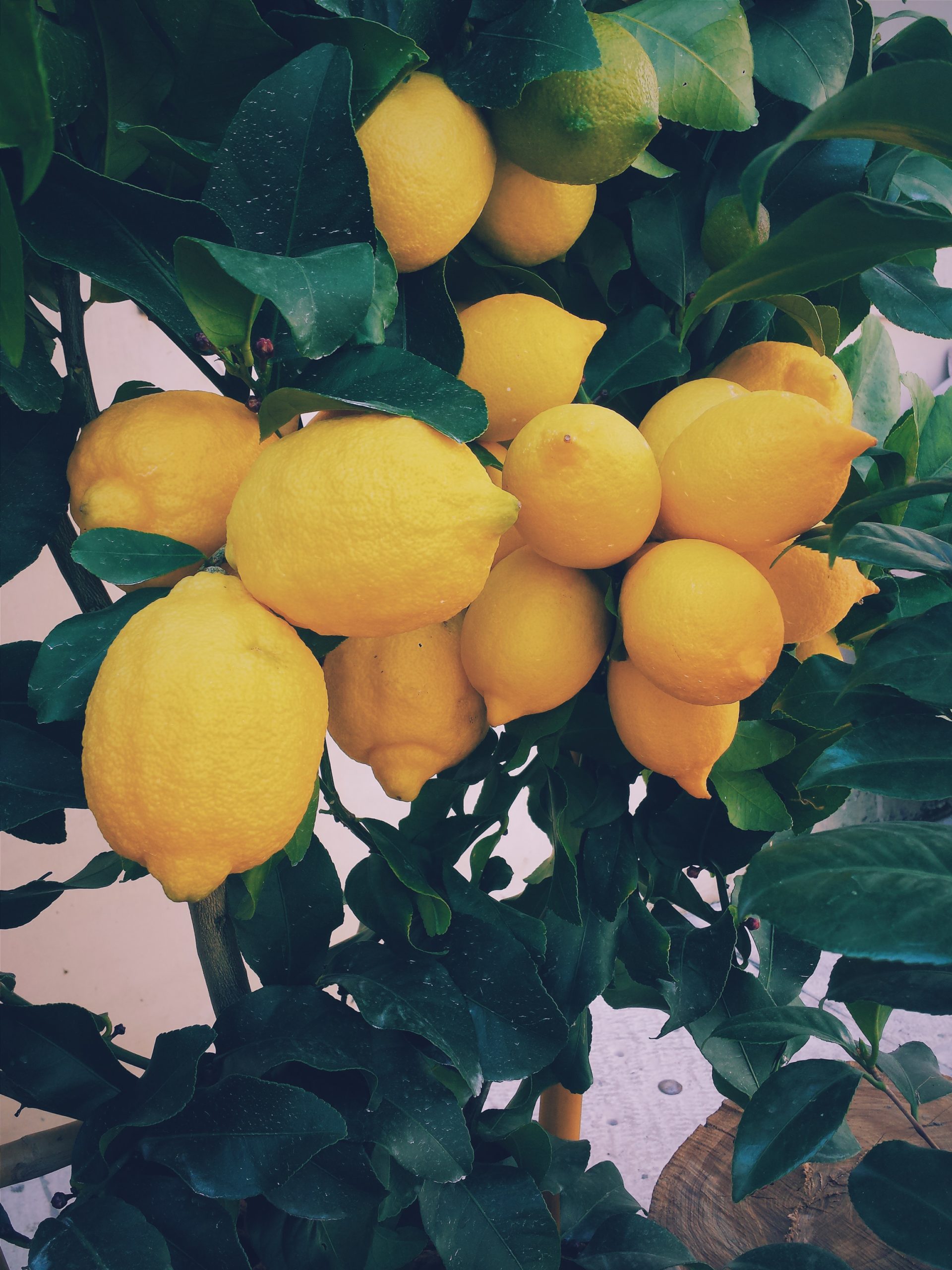The fact that the fruits produced by their tree are significantly smaller than the ones they’re used to seeing at the grocery store generally surprises new tree gardeners. “What’s the matter with my tree?” “What have I done!” you may hear an unhappy tree grower exclaim. Small fruits, on the other hand, are a natural occurrence. While smaller fruits may be what nature intended, larger fruits can be obtained without genetic modification or the addition of drugs. Professionals achieve such huge sizes with their fruits using modern processes.
Veterans usually do something called “fruit thinning” in the early phases of a fruit tree’s growth. The reasoning behind this process is that with fewer fruits to focus on, the tree will be able to deliver cells to the remaining fruits more efficiently. When hundreds of small fruits compete for the available ingredients for growth on a single tree, the result is usually a slew of stunted fruits. To solve this issue, choose a third of the fruits very early in the process. That season, you should see greater fruits.
The spacing of each individual fruit on practically any tree determines its success. Generally, no fruits should be within six to eight inches of each other. This is the distance you should normally aim for throughout the fruit thinning process to maximize the amount of nutrition that each fruit receives. If you get any closer, you’ll notice that they’re squeezing each other out. This is usually the first error that a rookie tree grower makes. Having a lot of fruit growing isn’t necessarily a good thing!
Small fruits are sometimes caused by factors beyond the gardener’s control. Cool weather can be detrimental to the size of your fruits during the process of cell division that all fresh fruits go through. Similarly, if the weather is very overcast early in the season, your plants will have fewer carbohydrates available. If all of the elements conspire against the health of your fruit tree, the fruits will occasionally fall to the ground before they are ripe. Fruit growth can also be hampered by a shortage of water or specific nutrients, as well as an abundance of pests and illnesses. If you discover these symptoms early in the season, you should perform more fruit thinning than usual. To provide complete nourishment to those who remain, up to three-quarters of the fruits should be removed.
Experimenting is the best technique to learn how to grow greater fruit sizes. There is almost nothing you can do to cause your tree to die or cease bearing fruit if it has been around for a while. Simply experiment with different thinning procedures or whatever else you can think of to make the fruits bigger. You may even go down to your local nursery and ask what they would recommend. They will be able to provide you with better recommendations depending on your region and specific tree than I could. Don’t be satisfied with tiny fruits. Go out there and figure out what you need to do to increase the size.

